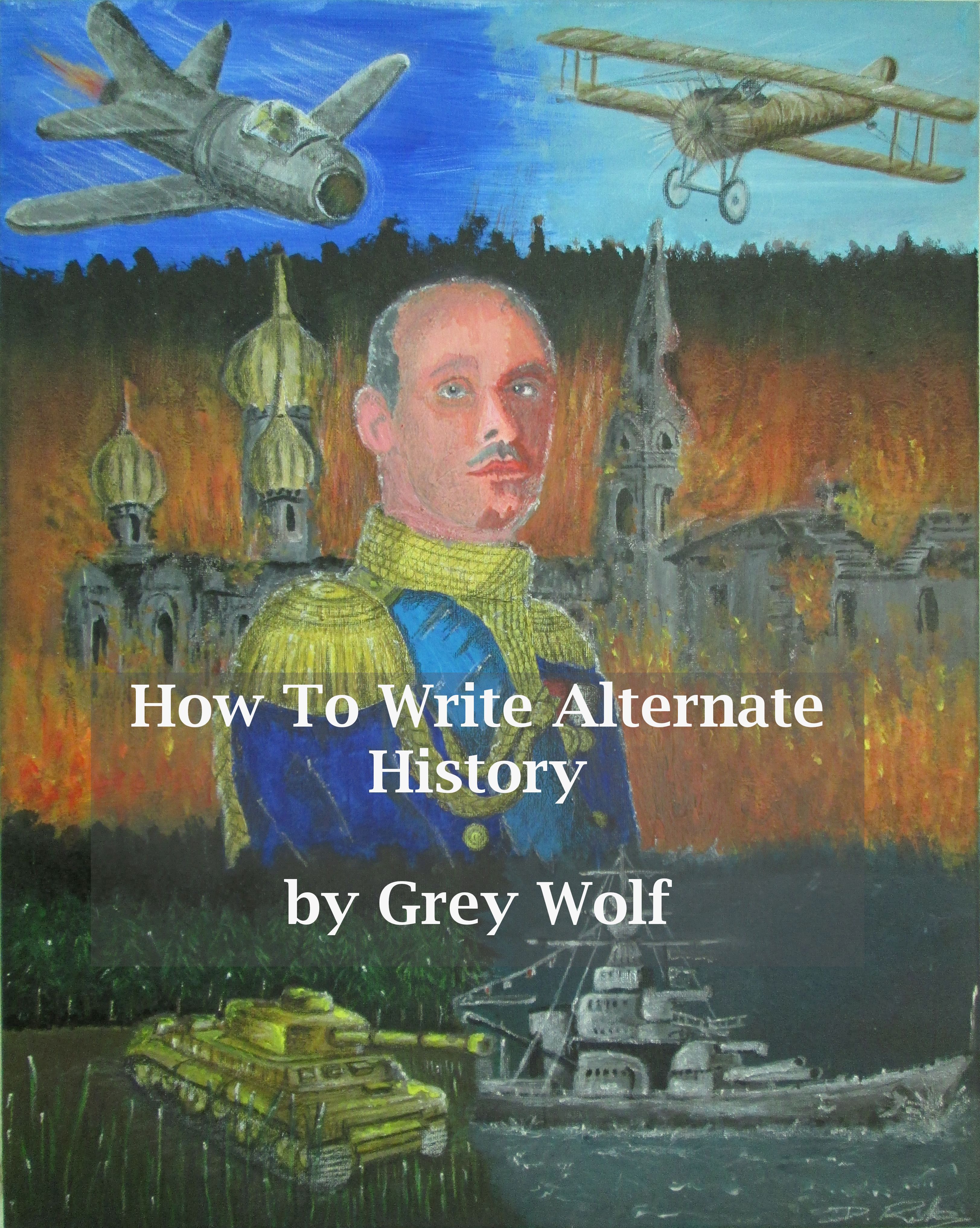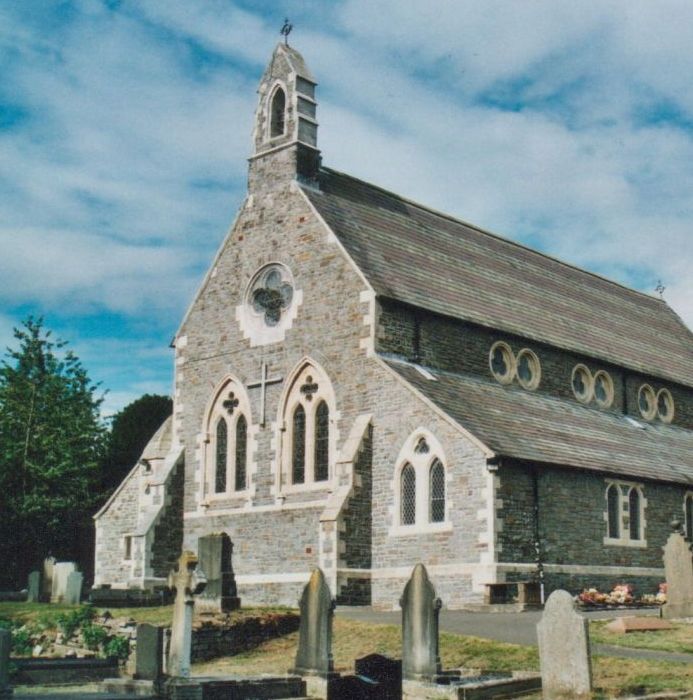The War Graves of Ystradgynlais
Memorials, Monuments, and Plaques
Below is an index of all the monuments and plaques commemorating the fallen within the Ystradgynlais and Ystalyfera areas, whether within British Legion halls, chapels, churches, welfare halls, schools or elsewhere. Also included are references to, and illustrations of, monuments and plaques which have now disappeared, including those erected in chapels which have since been demolished. This page is arranged in alphabetical order:-
Bryn Seion Chapel,
Abercrave
The Memorial at Bryn Seion Chapel, Abercrave is a slate plaque, commemorating three members of the congregation who had fallen in the Second World War.
Capel Colbren,
Plaque and Pulpit
Coelbren Church Plaque and Pulpit Memorial can be seen in Capel Colbren. It was erected in 1920 to commemorate the fallen from the village of the First World War, and was inaugurated in a special service with the bishop present.
Coelbren Roll of Honour,
Miners Welfare Hall
Coelbren Roll of Honour is located in Coelbren Miners Welfare Hall. Many old records spell the village as Colbren.
Cwmllynfell Millennium Hall,
War Memorial
Cwmllynfell War Memorial is housed in the Millennium Hall, built in 2001 to replace the old Miners Welfare Hall built in 1934.
Cwmtwrch Peace Well
The Well at Lower Cwmtwrch was a resource that the community was granted permanent access to by landowner Colonel Gough in 1920, on the condition that this was in the name of peace.
Ebenezer Chapel,
Cwmtwrch
Ebenezer Chapel, Upper Cwmtwrch was built in 1893 and is home to a memorial organ, and brass memorial plaques, presented in 1947.
English Congregational,
Ystalyfera
The English Congregational Chapel, Ystalyfera was demolished in 2005, and contained marble and brass war memorials erected by the community in memory of the fallen.
Godrergraig Chapel,
Ystalyfera
Godrergraig Chapel, Ystalyfera was sold in 1996, and the war memorial to the fallen of the community was then relocated to Godrergraig Primary School, where it remains to this day.
Gurnos Chapel,
Ystalyfera
Gurnos Chapel, Ystalyfera was closed and sold to private owners in 2011. It contained a memorial plaque detailing those members of the chapel who had died in both world wars.
Jerusalem Chapel,
Ystalyfera
Jerusalem Chapel, Ystalyfera has individual memorial plaques upon the wall for members of the chapel who fell in the world wars, one in the First World War, and one in the Second World War.
Maesydderwen School,
Ystradgynlais
Maesydderwen School, Ystradgynlais (in the past often written as Maes-y-dderwen School) has long been the main secondary school for the area, and has memorial plaques commemorating its Old Boys and Masters who died in both World Wars. In 2011, a service of remembrance was held for Battle of Britain pilot Cedric Williams, a former pupil of the school, killed in action in 1940. See also the Maesydderwen Roll of Honour.
Pantteg Chapel War Memorial
The war memorial at Pantteg Chapel records the fallen from among the church members and congregation of Pantteg Chapel.
Pontardawe Technical School
The war memorial at Pontardawe Techhnical School records the fallen from among the graduates of the school.
Scouts Memorial,
St David's Ystalyfera
The Scouts Memorial at St. David's Church, Ystalyfera was unveiled in May 1920 at a commemorative service to remember all the one-time scouts who had fallen in the Great War.
Scouts Memorial Trophy,
Penrhiwvarteg
The Scouts Memorial Trophy at Penrhiwvarteg was intended to be awarded each year to the scout who best embodied those qualities which go towards a boy's character.
St Cynog's, Ystradgynlais
The memorials at Saint Cynog's Church, Ystradgynlais used to be the main focus for remembrance before the war memorial was erected in Gorsedd Park in the 1970s.
St David's, Abercrave
The memorials at St. David's Church, Abercrave remembered those members of the church's congregation who died in the world wars.
St David's Ystalyfera,
Memorial Windows
The memorial windows at St. David's Church, Ystalyfera were erected in 1926 to remember those members of the church congregation who were killed in the First World War.
St John the Baptist Church
Callwen
The memorial at St John the Baptist Church, Callwen was erected by the Southampton Training Aviation Company in gratitude to the men of the village who risked their lives searching for one of their aircraft, an Anson trainer, lost on the mountain 17th January 1939.
Ystalyfera County School
War Memorial
The war memorial tablet at Ystalyfera County School was erected and unveiled in a ceremony in October 1920.
Ystradgynlais & Ystalyfera South Wales

WW1 ARMISTICE CENTENARY PROJECT
To pay our respects to the fallen of Ystradgynlais, Cwmtwrch and Colbren, we have made over 100 poppies and each one holds the name of one of those men who gave all for God, King and Country:-
WW1 ARMISTICE CENTENARY PROJECT
Email Yeargroup:
yeargroup@hotmail.co.uk
Email Wolfian Web Design:
webdesign@wolfianpress.com

Click the cover to purchase the paperback
How To Write Alternate History is a series of articles by Grey Wolf, examining subjects such as the identity of man, whether man makes the weather, how the everyday in an alternate world is going to be changed and what names for music, vehicles, weapons etc would be different.




